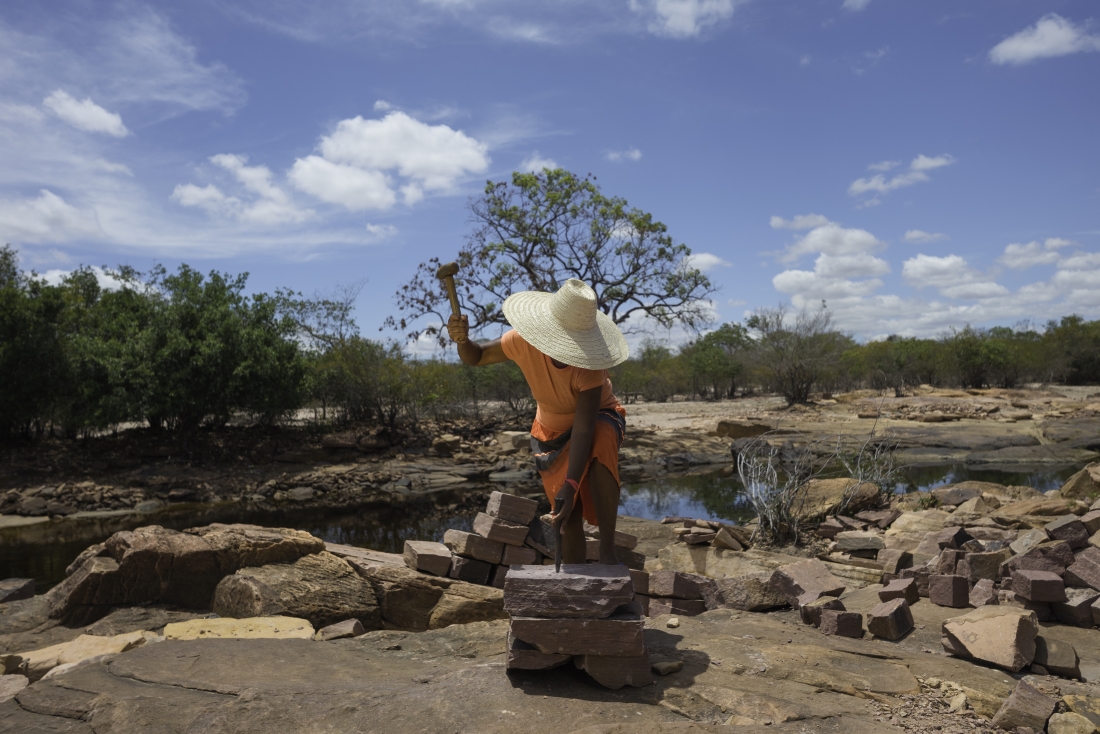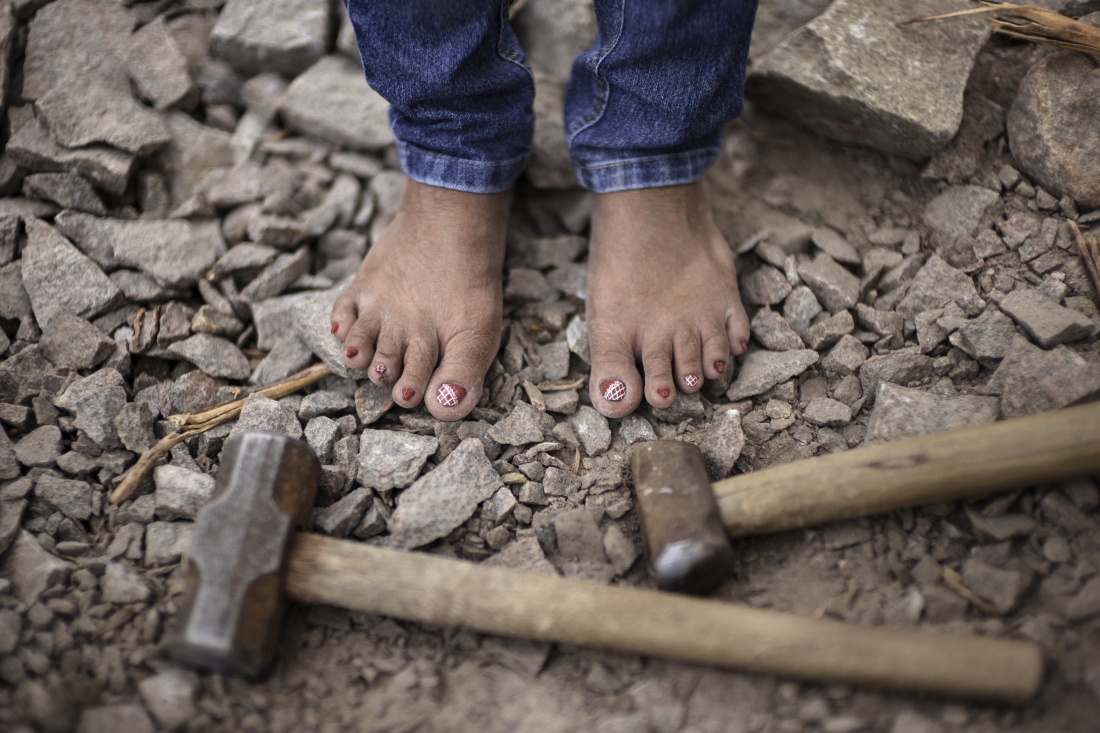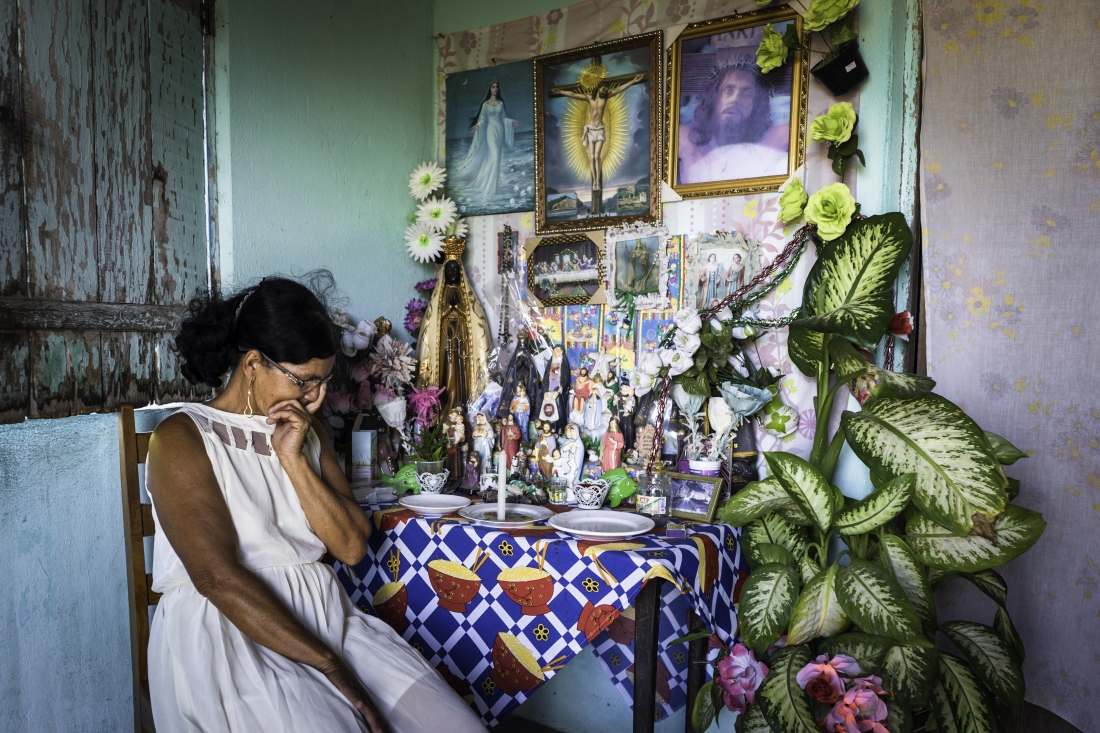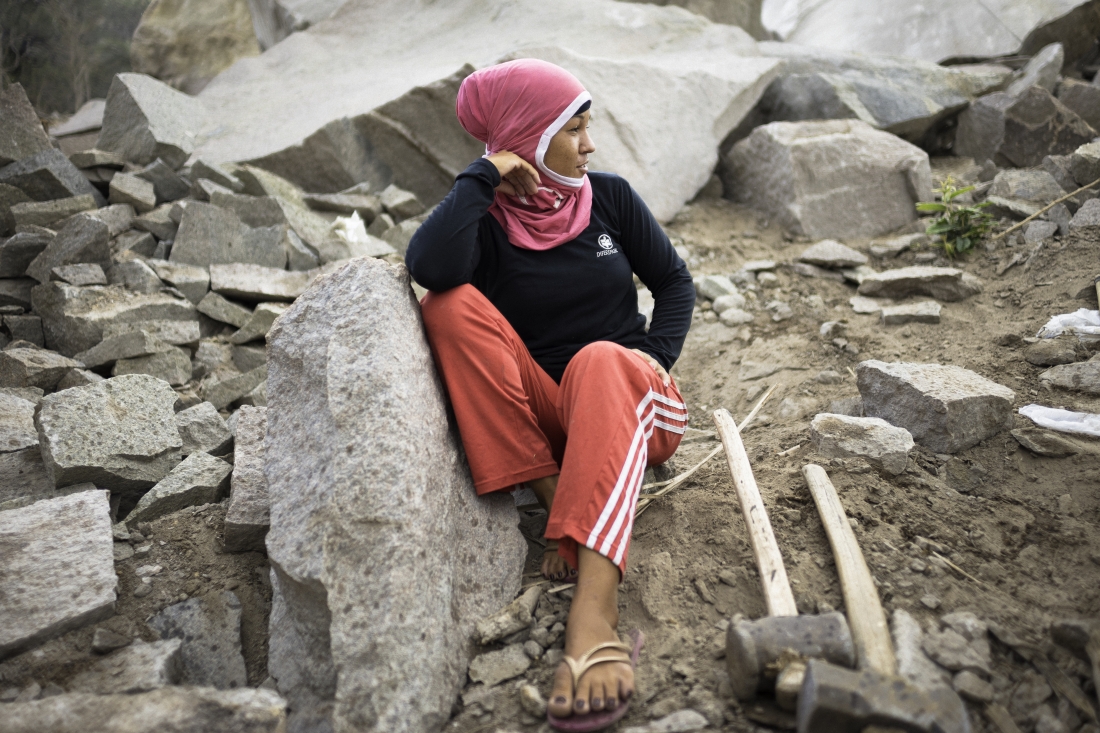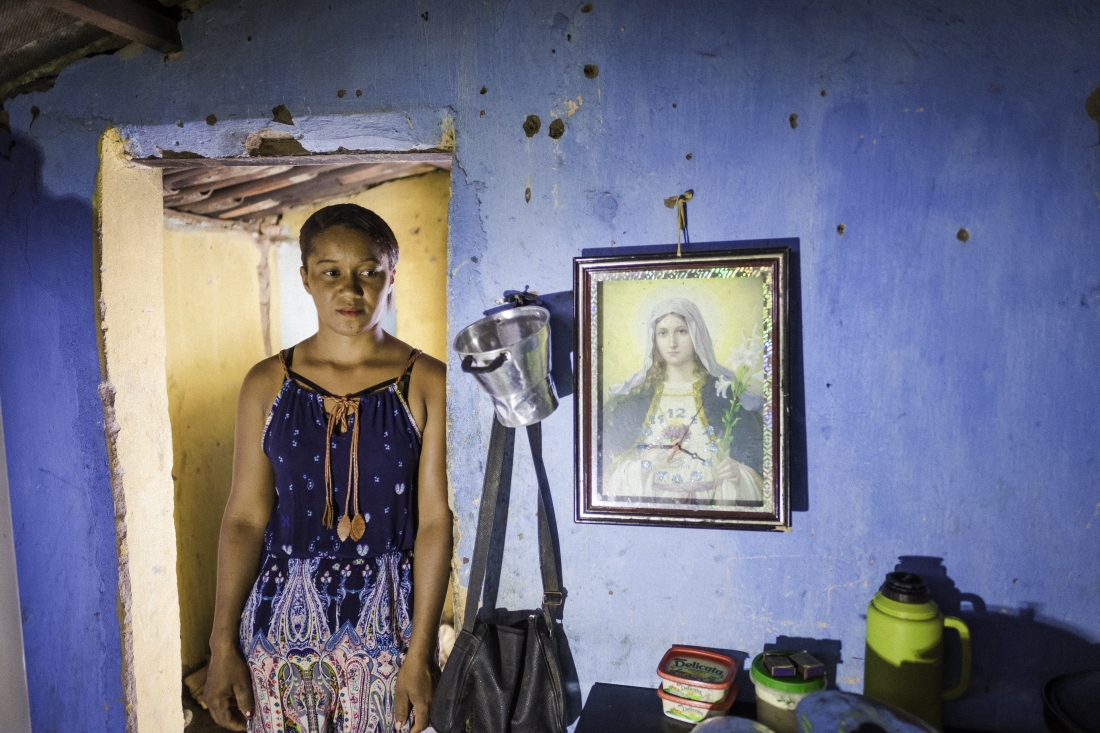honorable mention
Alexandre Augusto brazil
title
Stone Women
In Alexander's eyes, the Stone Women are able to balance strength and grace despite the dryness of the landscape and the harshness of the work. It is possible to see, through the images, the maintenance of faith in the face of such a difficult life perspective. Women who do not resign themselves and make the stone the driving force of their existence for generations and generations. The rereading and tribute to Diego Rivera's Stone Worker (1943) shows that the craft portrayed in painting, made 70 years ago, is still done today in this region of Bahia. After two very well received exhibitions in Brazil, Stone Women has taken the form of a book, which invites us to immerse ourselves in the grandeur of the feminine.
In Alexander's eyes, the Stone Women are able to balance strength and grace despite the dryness of the landscape and the harshness of the work. It is possible to see, through the images, the maintenance of faith in the face of such a difficult life perspective. Women who do not resign themselves and make the stone the driving force of their existence for generations and generations. The rereading and tribute to Diego Rivera's Stone Worker (1943) shows that the craft portrayed in painting, made 70 years ago, is still done today in this region of Bahia. After two very well received exhibitions in Brazil, Stone Women has taken the form of a book, which invites us to immerse ourselves in the grandeur of the feminine.
back to gallery
entry description
Journalist and writer Alexandre Augusto, who for five years covered the Angolan War, photographed the daily lives of female workers living on the breaking of stone blocks in Chapada Diamantina, a semi-arid region of the interior of Bahia, Brazil, for two years. In a region where there are almost no plantations and there are rare animals along the landscape, the question about the ways of survival of the people who live there led to record the daily life of the place, until he found his Stone Women. Getting to know them made him realize the symbolic dimension of that reality and the importance of sharing it with others.In Alexander's eyes, the Stone Women are able to balance strength and grace despite the dryness of the landscape and the harshness of the work. It is possible to see, through the images, the maintenance of faith in the face of such a difficult life perspective. Women who do not resign themselves and make the stone the driving force of their existence for generations and generations. The rereading and tribute to Diego Rivera's Stone Worker (1943) shows that the craft portrayed in painting, made 70 years ago, is still done today in this region of Bahia. After two very well received exhibitions in Brazil, Stone Women has taken the form of a book, which invites us to immerse ourselves in the grandeur of the feminine.
about the photographer
Journalist and writer Alexandre Augusto, who for five years covered the Angolan War, photographed the daily lives of female workers living on the breaking of stone blocks in Chapada Diamantina, a semi-arid region of the interior of Bahia, Brazil, for two years. In a region where there are almost no plantations and there are rare animals along the landscape, the question about the ways of survival of the people who live there led to record the daily life of the place, until he found his Stone Women. Getting to know them made him realize the symbolic dimension of that reality and the importance of sharing it with others.In Alexander's eyes, the Stone Women are able to balance strength and grace despite the dryness of the landscape and the harshness of the work. It is possible to see, through the images, the maintenance of faith in the face of such a difficult life perspective. Women who do not resign themselves and make the stone the driving force of their existence for generations and generations. The rereading and tribute to Diego Rivera's Stone Worker (1943) shows that the craft portrayed in painting, made 70 years ago, is still done today in this region of Bahia. After two very well received exhibitions in Brazil, Stone Women has taken the form of a book, which invites us to immerse ourselves in the grandeur of the feminine.
back to gallery

